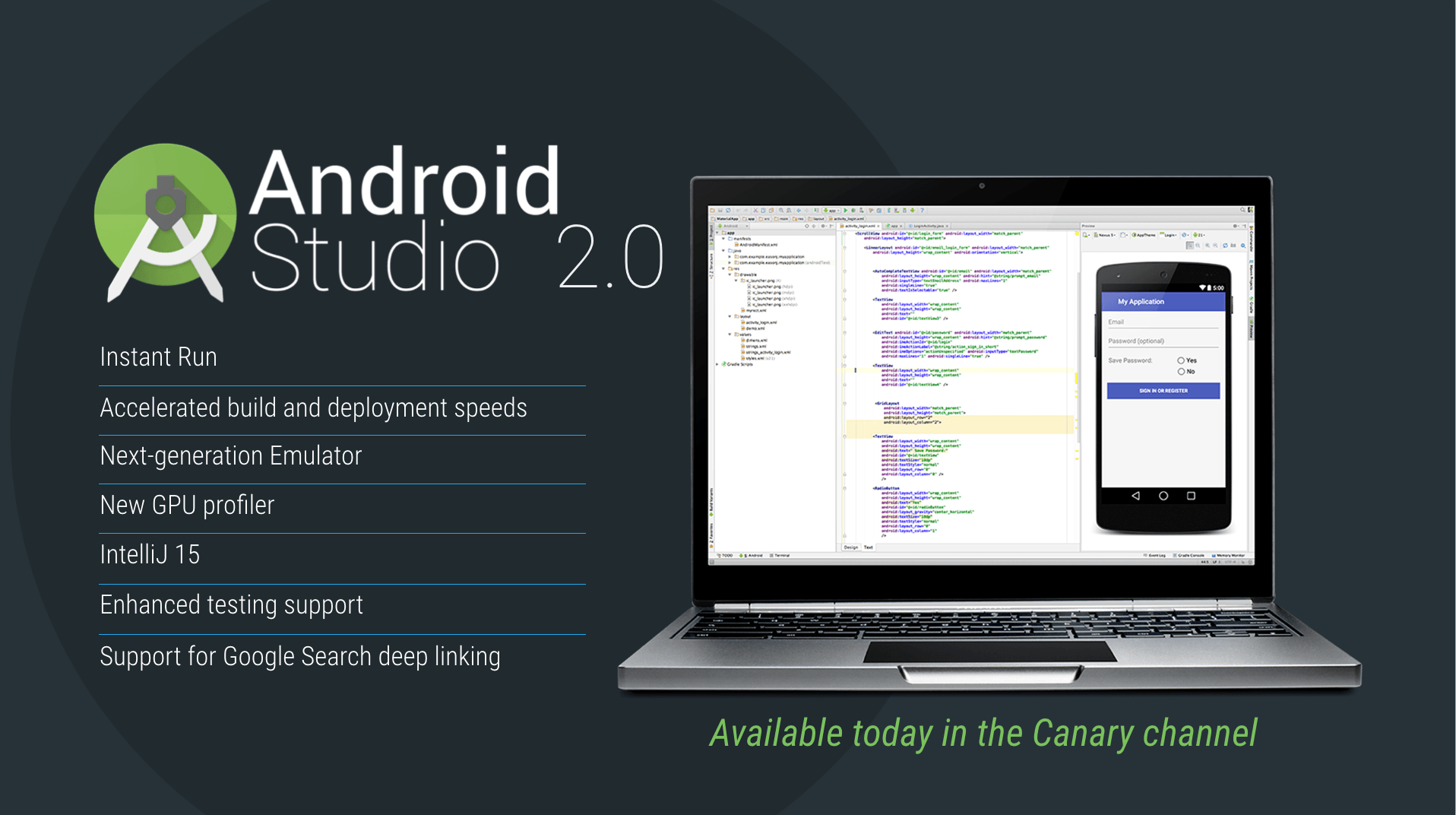

The following window should appear: Choose a target. To launch the application, simply click on the green triangle located on the IDE bar: Launch the application. Using the emulator lets you quickly generate different configurations with different screen sizes, limited RAM, or when an older version of Android has been installed. Beyond that, nothing beats a test on an actual device to ensure the best possible user experience. You have two options: either use an emulator if you don't have an Android device, or use your phone (or tablet) if you have one. But in a literal sense, what good is it? This chapter shows you how to launch your application. Step 7: Your Android app run in AVD / Emulator in android studio.You've typed some code, great.

Step 6: After that Device chooser will be opened on your computer screen. (Shift+F10) shortcut key to run app in AVD of Emulator in android studio. Step 5: You can also run app go to the Menu bar and Click on Run > Run app. Step 4: After that you can run app directly as shown in figure below.

Choose less pixel resolution for faster loading of AVD. It will take time to start depending on your system configuration and pixel resolution of AVD. Step 3: After that your AVD / Emulator will open up. Read this, How to Create New AVD In Emulator. If you don’t see any AVD (Android Virtual Device) that means you haven’t created not even one. After that you Select that AVD on which you want to run your App. Step 2: Your Virtual Devices list will be opened on your Computer screen. Step 1: Firstly, open the AVD Manager directly by the AVD icon in the Toolbar. How to Run Android App in AVD / Emulator: Below are the steps to run an Android App in AVD of Emulator: This is basically the best way to test App in Android before uploading on Google Play. We can run and test Android App in AVD of Emulator in Android Studio. How to Run App in AVD Of Emulator in Android Studio


 0 kommentar(er)
0 kommentar(er)
